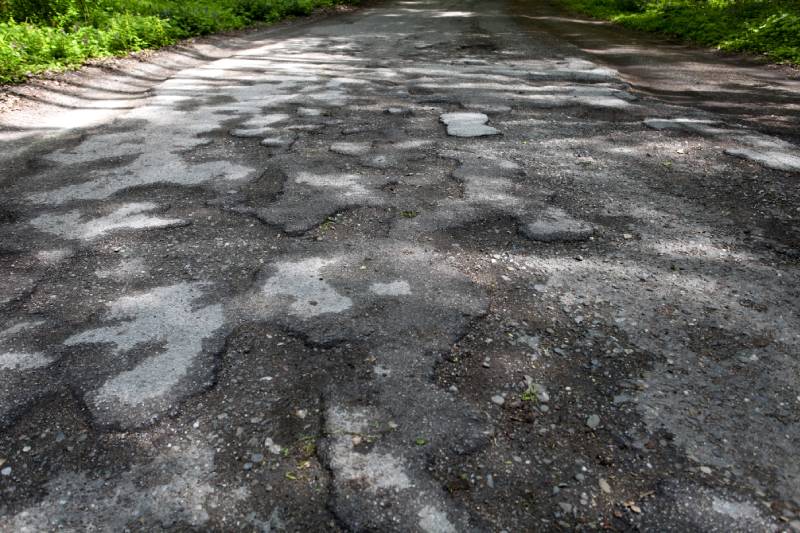As winter arrives, the scenic snowfall also brings the responsibility of safeguarding your property, especially asphalt surfaces commonly found in driveways and parking lots. Let’s delve deeper into practical tips for efficiently removing snow and de-icing asphalt to ensure safety and longevity.
Understanding Winter’s Impact on Asphalt
Before diving into removal methods, it’s essential to grasp how snow affects asphalt surfaces. The weight of accumulated snow puts stress on the asphalt, leading to potential cracks and damage. Additionally, the freeze-thaw cycle can contribute to deterioration as melted snow refreezes, expanding and causing cracks and potholes. The chemicals used in de-icing can also impact asphalt, making wise material choices crucial.
Proactive Snow Removal Techniques
The first step in winter maintenance is effective snow removal. Utilize these techniques to protect your asphalt:
- Snow Plowing: Clear snow promptly using plows with rubber blades to prevent scratches and damage. Timely removal prevents compaction and ice formation.
- Shoveling and Snow Blowing: Hand shoveling or snow blowing is effective for smaller areas. Be cautious to avoid scraping the asphalt surface with metal shovels.
- Chemical De-icers: Apply de-icing chemicals strategically to prevent ice formation. Common options include rock salt, calcium chloride, and magnesium chloride.
- Heated Driveways: Consider installing a heated driveway system that prevents snow accumulation by melting it upon contact.
Choosing the Right De-icing Materials
Selecting the appropriate de-icing materials is crucial to safeguard both the asphalt surface and the environment:
- Rock Salt (Sodium Chloride): Widely used and cost-effective, but can be damaging to vegetation and harmful to water bodies if overused.
- Calcium Chloride: Works at lower temperatures compared to rock salt. Less damaging to vegetation but can be corrosive to metals.
- Magnesium Chloride: Low environmental impact, effective at lower temperatures, and less corrosive than calcium chloride.
- Sand: Provides traction on icy surfaces but does not melt snow. Enhances safety without environmental concerns.
- De-icing Blends: Combining different materials for a balanced approach can reduce environmental impact while optimizing effectiveness.
Best Practices for Snow Removal and De-icing
To maximize the effectiveness of your efforts and minimize potential damage, follow these best practices:
- Timely Action: Begin snow removal promptly to prevent compaction and ice formation. Regularly monitor weather forecasts for proactive planning.
- Proper Equipment: Use snow removal equipment suitable for asphalt surfaces. Regular maintenance and inspections ensure optimal performance.
- Uniform Application: Apply de-icing materials evenly to prevent concentrated exposure in specific areas. Avoid excessive use, as it may lead to environmental and asphalt damage.
- Environmental Considerations: Choose de-icing materials with a lower environmental impact and minimize their use near vegetation and water bodies.
- Professional Assistance: Consider hiring professional snow removal services for larger properties. Professionals have the expertise to handle diverse winter challenges.
The Importance of Maintenance
Beyond the winter months, regular maintenance is essential for preserving your asphalt investment. Here are additional tips for year-round care:
- Seal Coating: Apply a seal coat to protect the asphalt from UV rays, water, and chemicals. This helps prevent cracks and enhances the surface’s longevity.
- Regular Inspections: Conduct routine inspections for signs of damage, such as cracks or potholes. Early identification allows for timely repairs, preventing issues from worsening.
- Prompt Repairs: Address any identified issues promptly. Whether it’s crack filling, pothole repairs, or addressing drainage problems, timely intervention can save you from costly repairs down the road.
- Traffic Management: Manage heavy traffic areas effectively. Consider distributing traffic flow to reduce stress on specific sections of your asphalt.
Conclusion
Winter maintenance is about more than just convenience; it’s about preserving the longevity and safety of your asphalt surfaces. By adopting proactive snow removal and de-icing strategies, coupled with regular year-round maintenance, you can mitigate potential damage and enjoy a well-maintained property that stands the test of time. Remember to choose the right materials, employ proper techniques, and, when in doubt, seek professional guidance. With these measures in place, your asphalt surfaces can withstand the winter elements while maintaining their structural integrity and aesthetic appeal.






